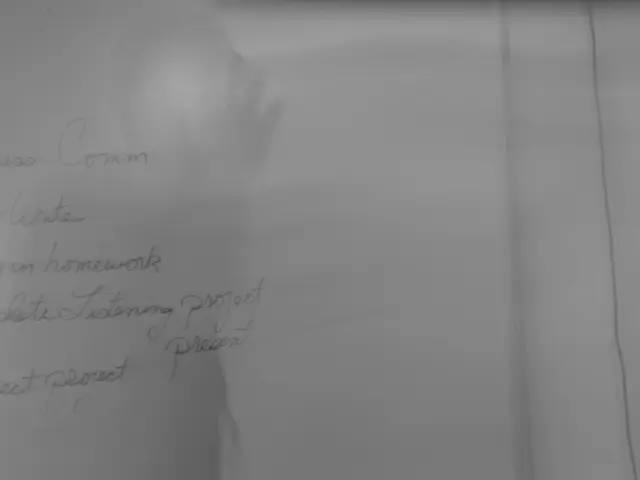A Guide to Creating an Effective Storyboard
In the world of video production, a storyboard has become an indispensable tool for both animation and live-action projects. A storyboard is a series of sketches or drawings that help organize a visual narrative and break it down into individual panels, each accompanied by a description of the shot, including notes about shot specs, camera direction, dialogue, and any other relevant details.
The benefits of using a storyboard in video production are numerous and far-reaching. Storyboards serve as a vital blueprint that improves creativity, organization, efficiency, collaboration, and cost-effectiveness throughout the entire process.
One of the most significant advantages of storyboarding is clear visualization of the vision. Storyboards allow creators to outline their vision clearly by visualizing each step of the project with sketches, directions, and narrative notes. This helps everyone involved understand the concept and flow before production begins.
Storyboarding also streamlines the production process. With a storyboard, animators, illustrators, and the production team have a precise guideline to follow, eliminating back-and-forth on how scenes should look or be shot, making the production stages much simpler and more efficient.
Effective communication and collaboration are another key benefit of storyboarding. Storyboards act as a common visual language for the entire crew, stakeholders, and clients, helping to avoid confusion, ensure consistency in style and timing, and facilitate easier feedback and buy-in from stakeholders early on.
Pre-planning saves time and money by identifying and addressing potential issues early. By planning shots, movements, backgrounds, and transitions in advance, teams can reduce costly mistakes, last-minute changes, and reshoots, ultimately controlling the budget better.
Storyboarding also provides space for creative experimentation and refinement. Early visualization helps refine the story and visual rhythm to enhance the final product's effectiveness. In film production especially, storyboards help plan technical requirements like lighting, special effects, and continuity, since scenes are often shot out of sequence.
Storyboarding also facilitates post-production. Storyboards make editing more straightforward by providing a clear sequence to follow, helping editors assemble footage that matches the director's vision without wasted effort or rework.
A good storyboard helps avoid re-animation or re-shooting scenes, saving time and money. Creating a storyboard doesn't require being a highly skilled artist; templates and simple sketches are sufficient. Revision is an important step in creating a useful storyboard, soliciting feedback from the team.
Storyboarding is beneficial when pitching to potential investors or company decision-makers, as it allows for a clear idea of how the video will play out and can excite them with the possibilities. Digital storyboards are commonly used for animated video production, while traditional storyboards use pencil and paper.
In conclusion, storyboarding is an essential tool in video production that offers numerous important benefits, improving both the creative and practical aspects of the process. From clear visualization of vision, streamlined production processes, effective communication and collaboration, pre-planning, creative experimentation, continuity and technical preparation, facilitating post-production, avoiding re-animation or re-shooting scenes, saving time and money, to pitching to potential investors, storyboarding plays a crucial role in every stage of video production.
- In addition to video production, a storyboard can be a valuable asset in other sectors, aiding in the organization of visual narratives in fields such as fashion-and-beauty, home-and-garden, and personal-growth.
- By using a storyboard, creators in these fields can effectively visualize their vision and streamline their production processes, enhancing efficiency and reducing costs.
- Furthermore, storyboarding facilitates clear communication and collaboration among team members, stakeholders, and clients, ensuring consistency, minimizing confusion, and soliciting early feedback.
- Pre-planning with a storyboard also provides space for creative experimentation and refinement, refining the story and visual rhythm to create a more effective end product in education-and-self-development, technology, gadgets, and even artificial-intelligence sectors.




